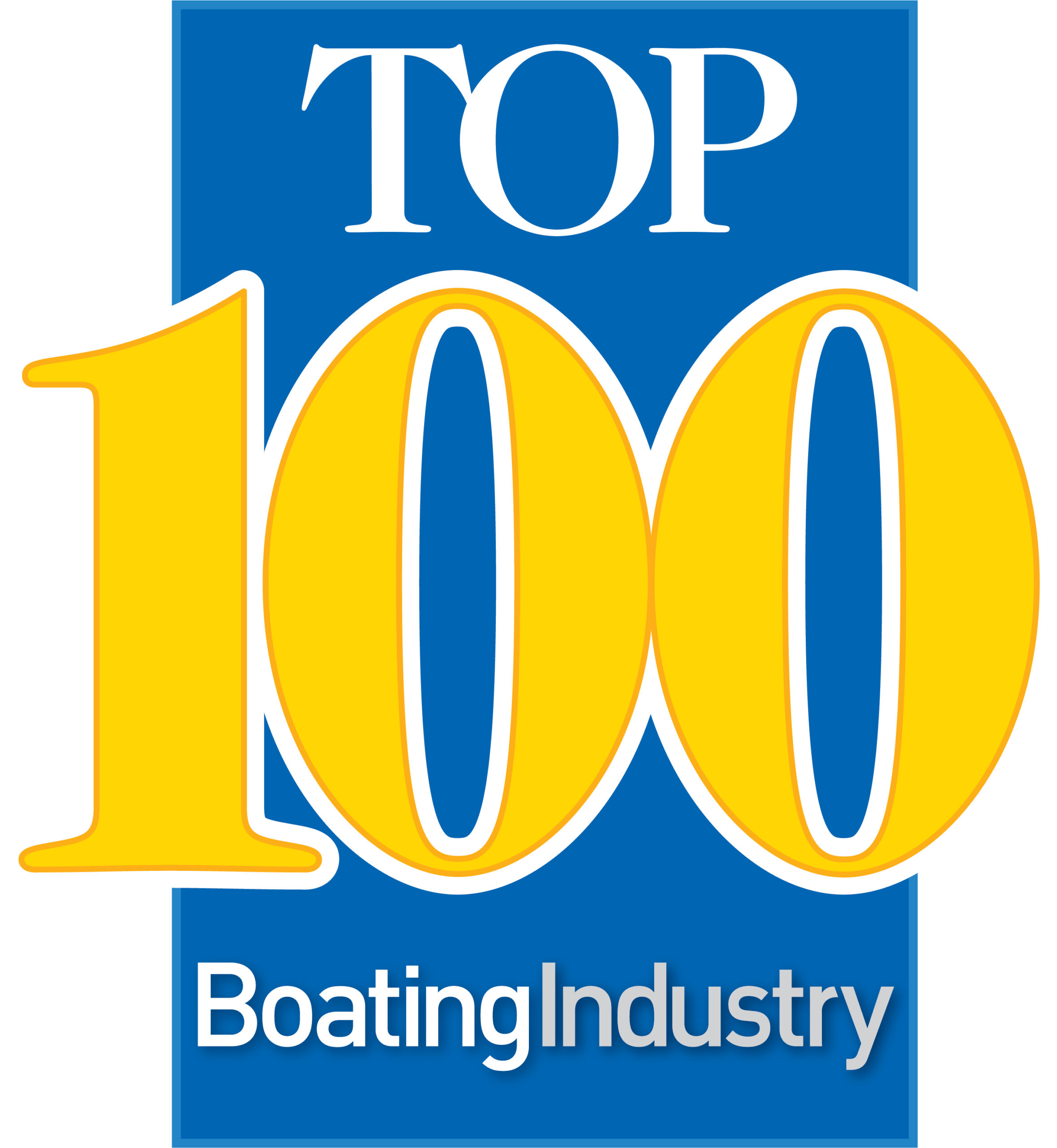In Their Own Words: Network News
Scenario No. 1: A customer walks into a dealership after receiving a postcard in the mail that says, “Visit Front Street Marine this weekend and go home with a new Zoom 190 runabout for no money down!” The OEM-produced marketing communications tool works perfectly. The customer visits the dealership Saturday morning with the postcard in hand.
He is interested in buying a boat and asks the salesperson about the promotion. The customer is taken aback as the salesperson doesn’t know anything about the promotion nor does his manager. Feeling unsure about doing business with the “deer in the headlights” sales staff, the customer leaves disheartened. After appearing ignorant, the sales staff feels unattached from the OEM and may resent the lack of communication, since they never heard anything about this promotion.
Scenario No. 2: The director of design and engineering of ABC Boat Co. reads about a fishing tournament for single dads and their daughters that ABC Boat Co. sponsored. He is a single dad with two daughters, one seven and one nine. He didn’t know anything about it. The dedicated employee of eight years feels left out and becomes disheartened with his employer for not keeping him informed.
The marketing departments of most corporations and dealerships are comprised of the folks that come up with clever ideas for how to attract the attention of consumers to their products or brand. The best marketing practices include leveraging every opportunity to get as much mileage out of them as possible. Marketing includes marketing communications.
In many instances, marketers are solely focused on getting the news directly to the consumer or media as fast as possible and sometimes neglect to inform their own employees, suppliers and dealers. Even when you have a home run, you must first take steps on first, second, and third base to score. In the age of the Internet, information spreads incredibly fast. Simply including everybody involved with the business in the distribution of news will strengthen every aspect of your network.
The first step in informing your network – which includes employees, suppliers, dealers, media and consumers – is gaining internal buy-in. As an employee of a company, you want and should know what is going on with the company before the general public. The distribution timing is certainly strategic, depending on the news, but no matter what the news, employees should be in the know before outsiders.
In some instances the media will know influential information (such as a new product launch) before most of the network, but this is a common part of an introduction strategy. The date this information is to go public is set through an embargo agreement, allowing ample time to inform the network properly. Regardless of the news, the network should be informed of the subject matter before or at the same time the news goes public.
Keeping your network informed of all the projects and programs the sales and marketing team is coming out with, as well as every other area of the business, is crucial for a happy network. The trickle-down philosophy should be utilized in distributing news, although e-mail and Internet increases the speed of a trickle to a blast. Keeping your network informed on the latest happenings will increase cohesion, efficiency, pride and sense of team.
Your network should be your business’ biggest cheerleaders. The simplest tool to ensure your team knows what to cheer for is through a regularly distributed internal or network-wide news update. This is easy and cheap to do in the age of e-mail and can be distributed as a newsletter weekly, bi-weekly or monthly, but news updates should never lapse for more than a month.
These news updates can be a simple Word document or creative piece, such as the ABC Boat Gazette or Zoom Weekly. These news bits can also be sent to the marine and/or local media. The work is already done and it helps keep your brand on top of mind when an opportunity for extra exposure arises. Feed them with news, and you’ll be surprised what makes it to print.
No matter what the design, be sure the news is clear and positions your company in a positive manner. The information should focus on news that affects the business or those who are part of the business. It is very important NOT to include information you don’t want the general public to know, because if it is sent, consider it public. This is where checks and balances become a necessary part of the process.
The practice of regularly communicating news can also assist in integration and synergy between projects and/or work groups by educating people on opportunities. Make an effort to increase the scope of your network communication and watch how people become more receptive to anything and everything you have to say.




